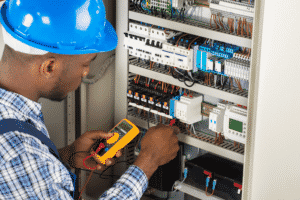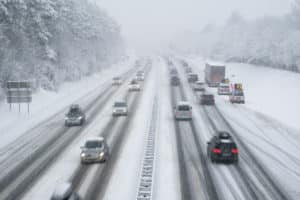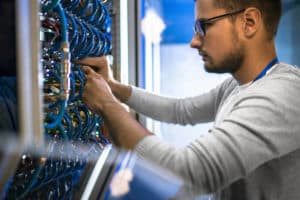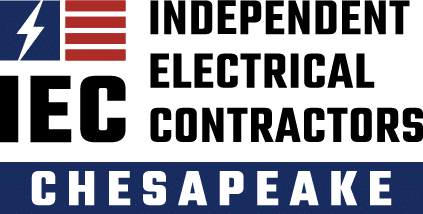The awkwardly named “One Big Beautiful Bill” has been signed and, for now, takes aim specifically at certain sectors of the electrical industry.
If you are a solar contractor, particularly residential solar, or EV charger installer, battery backups, battery and panel manufacturer, or work in wind, make it your business to read the specifics of the tax credit and “time out” changes to clean energy under this bill.
Under this bill nearly 4500 clean energy projects are under threat, hundreds of thousands of jobs in the sector, and a likely soaring energy cost for all Americans in the next five years.
This doesn’t just touch the end users of solar, wind, and electric vehicles it touches investors and manufacturers as well.
…”The Energy Innovation analysis showed that by 2030, the bill could result in the loss of 840,000 jobs associated with renewable energy deployment and the manufacturing of clean technology, batteries, EVs and the services and supply chains that support that work.
Incentives in the Inflation Reduction Act (IRA) of 2022 have stimulated at least $321 billion in new private energy and manufacturing investments, analysts said. Solar, wind and batteries, especially, have seen phenomenal growth in the U.S., accounting for more than 90 percent of the new generating capacity to the nation’s electric grid last year, according to the Energy Information Administration.
Renewable energy and battery storage have become the cheapest and fastest way to add power to the grid as electric companies scramble to meet surging demand. By adding costs to those energy sources, the OBBBA will drive up electricity prices…” The Energy Innovation analysis showed that by 2030, the bill could result in the loss of 840,000 jobs associated with renewable energy deployment and the manufacturing of clean technology, batteries, EVs and the services and supply chains that support that work.
Incentives in the Inflation Reduction Act (IRA) of 2022 have stimulated at least $321 billion in new private energy and manufacturing investments, analysts said. Solar, wind and batteries, especially, have seen phenomenal growth in the U.S., accounting for more than 90 percent of the new generating capacity to the nation’s electric grid last year, according to the Energy Information Administration.
Renewable energy and battery storage have become the cheapest and fastest way to add power to the grid as electric companies scramble to meet surging demand. By adding costs to those energy sources, the OBBBA will drive up electricity prices…” These maps show where Trump’s ‘big beautiful’ bill will cancel clean energy
The South and Southwest will be among the hardest hit in two ways-sometimes called “the battery belt”, manufacturing of batteries will be decimated by this reversal. The South can also look forward to higher grid costs affecting millions in prolonged hot climates.
Looking toward the impact on tax credits and time frames:
…”NOCO’s Mike Casciano says the largest is the elimination and the acceleration of the expiration of many of the clean energy incentives. “All the incentives that were included in the inflation Reduction Act of 2022 are going to expire. This is going to impact greatly, solar projects, electric vehicle chart, charger projects and battery storage,” says Casciano. Under the OBBBA, Casciano says key tax credits for electric vehicles, residential/commercial solar, and battery storage would be phased out between 2025-2027. While a proposed excise tax on solar energy did not pass, he says the rollbacks in the OBBBA would pose immediate planning and financial challenges for the clean energy sector, including solar energy, electric vehicle infrastructure and battery storage.”…
…”Casciano says if you have an electric vehicle and want a charger, act soon because the charging infrastructure, or the EV charger credit, will end at the end of the year. “Then, effective January 2026, EVs are using battery components from foreign entities, so the cars themselves will be ineligible for the $7,500 federal EV credit. So if you’re thinking of getting an EV vehicle, and you’re thinking of having an EV charger in your home again, December 31 2025, is the expiration date for that. The cleanest of all of the energy backup solutions is just battery storage. With a generator, you the power source is going to be natural gas or propane, but with a battery storage system, it is the cleanest, if you will. And with that, the same thing is the 30% tax credits expire at the end of this year, and at the end of 2026 they go down to 18% at the end of 27 6% and then those credits are eliminated 100% in 2028 so the same kind of sense of urgency to get take advantage of those tax credits by the end of this year,” adds Casciano.”… source Time running out for clean energy tax credits
If you’re an installer, you will want to get familiar FAST with time outs on tax credits, effects on materials and distribution to get your current jobs done within these limits, and CHECK CONTRACT LANGUAGE. The U.S. Treasury department may YET step in to create further monkey wrenches contracts and deadlines.
KNOW BEFORE YOU GO!














